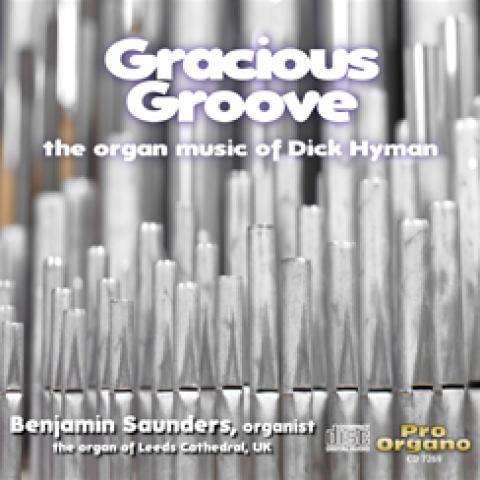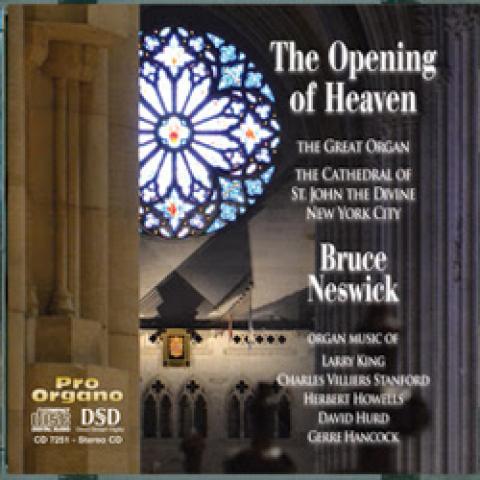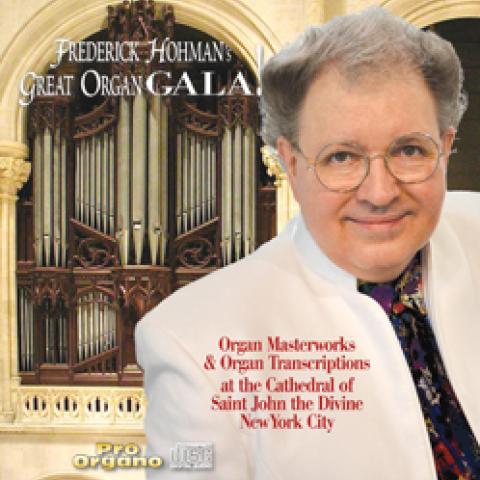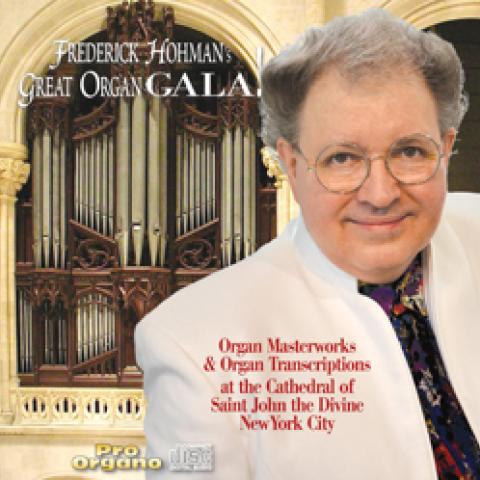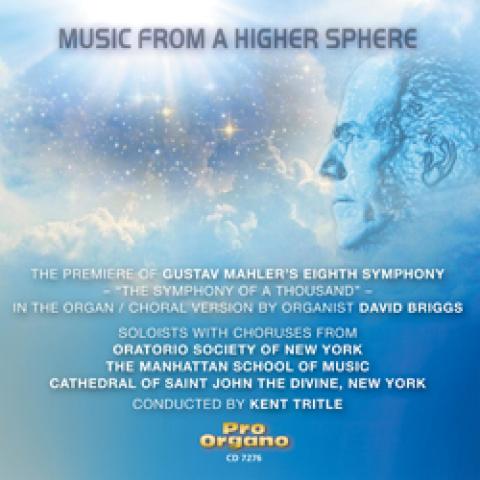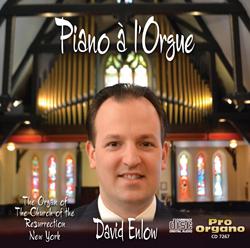
Pro Organo announces the release of Piano à l’Orgue, which features David Enlow of the organ faculty at the Juilliard School playing the 1916 Casavant Opus 665, as repurposed by the Organ Clearing House, at the Church of the Resurrection in New York City, where Enlow serves as organist and choirmaster.
The program features Enlow’s organ transcriptions of piano literature, including Debussy’s Petite Suite and Grieg’s Holberg Suite, and Schumann’s Six Canonic Studies for Pedal-Piano, op. 56. The third of the six studies is available as a free MP3 download at ProOrgano.com.

